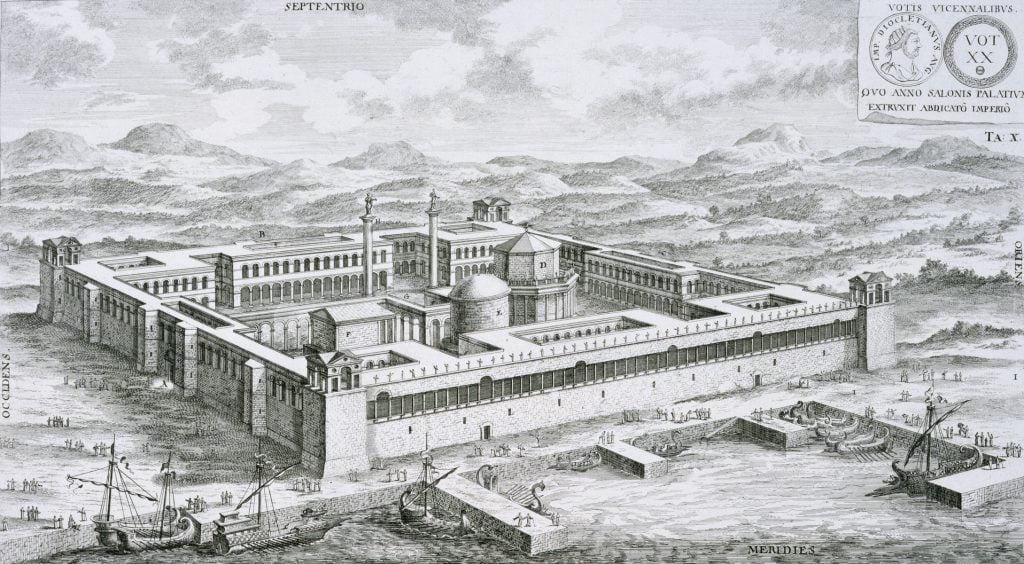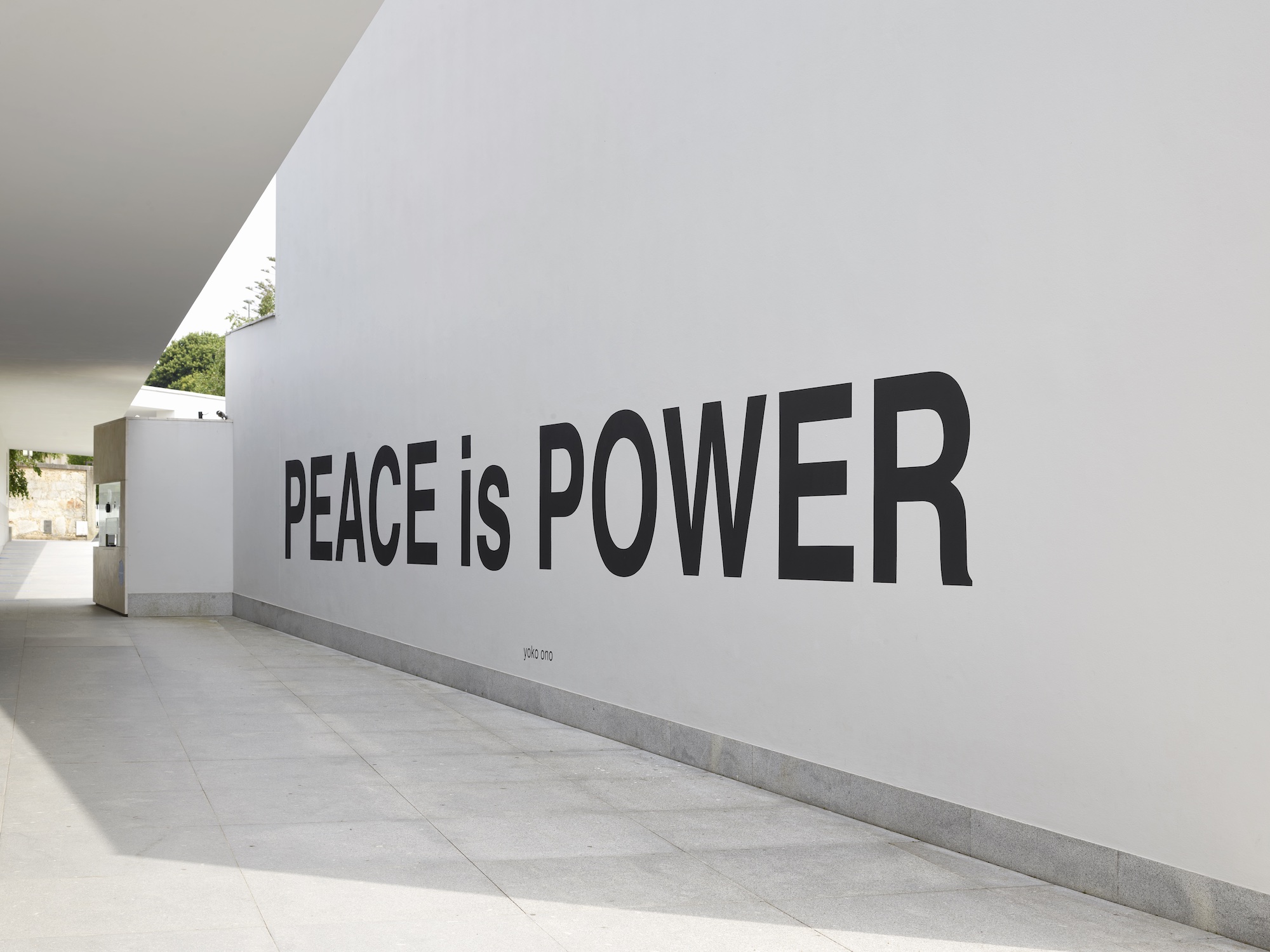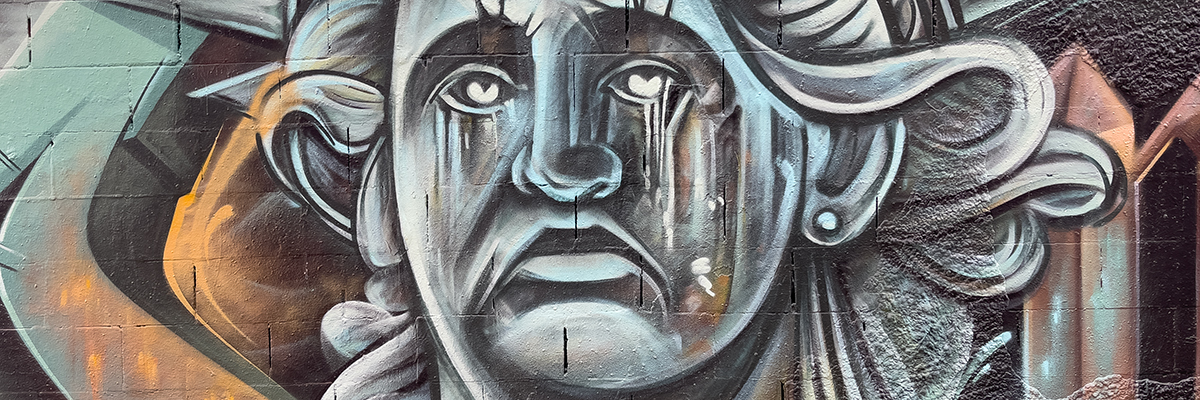Forgotten Statues
2020 - Sculpture (Sculpture)
Ciprian Muresan
Forgotten Statues , 2020 continues the artist’s reflections on power and the fragility of works of art. In this case, it’s no longer about sculptures which are no longer on display but rather those that are on permanent display, fixing the official narrative of art history. In Forgotten Statues , the artist reproduces from memory sculptures from the permanent exhibition of the Art Museum in Cluj. In this case, the seemingly redundant relationship between the original and the copy, which leaves little space for creativity (due to the distortions of memory), suggests the difficulty of overcoming inertia in a society that is not distant enough from its past. While the Ceausescu regime came to an abrupt halt in 1989, it does not seem to have represented a divide that separates the past from the present. The confusion of the past with the present is perpetuated both at the level of our daily life, of the urban reality that surrounds us, as well as at the level of the cultural heritage presented in museums or in the public space. Muresan’s work demonstrates how cultural heritage is presented only partially, in a censored manner, often moving within the confines of a comfort zone that avoids confronting the past.
Ciprian Muresan appropriates historical, political, social and cultural (essentially artistic, literary and cinematographic) references which he re-contextualizes. He analyzes the mechanisms de diffusion of culture, the ambivalent relations between the memory of recent history and the experience of current realities, as well as the relations between political power, religious power and civil society. With simple gestures, themes and methods borrowed from popular culture, he tackles art in an expiatory manner, returning importance to personal expression and experience. Ciprian Muresan belongs to the generation after the fall of the former Communist regime who deal the aftermath of political and social history of his country, in a post-conceptual mode, without necessarily inscribing it within the traditional East/West opposition. Instead, on the contrary, he approaches this history as an integral part of a larger whole, and is interested in questions linked to the disturbances in contemporary society following the declining of Modernist utopias and in the impact of new technologies on our visual culture. Ciprian Muresan was born in 1977 in Cluj, Romania. He lives and works in Cluj, Romania.
Colors:
Related works sharing similar palette
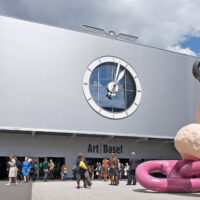
© » ARTEFUSE
Art Basel reveals 287 leading galleries and expanded city-wide program for its 2024 edition in Basel, Switzerland (News) - ArteFuse Art Basel reveals 287 leading galleries and expanded city-wide program for its 2024 edition in Basel, the first led by the show’s new Director Maike Cruse With 287 premier galleries from 40 countries and territories, Art Basel will once again bring together the international art world at its marquee fair in Basel, Switzerland...

© » KADIST
Benoît Maire
2006The piece consists of sculpture of 10 elements, among them: a globe, a picture of a gorilla, a chair, scrabble letters, 3 glasses of black ink, a book whose title is illuminated by the beam of a 8mm projector, a pair of boots, etc...

© » SLASH PARIS
Le Droit à l’oubli — Musée Transitoire #3 — Musée Transitoire — Exhibition — Slash Paris Login Newsletter Twitter Facebook Le Droit à l’oubli — Musée Transitoire #3 — Musée Transitoire — Exhibition — Slash Paris English Français Home Events Artists Venues Magazine Videos Back Previous Next Le Droit à l’oubli — Musée Transitoire #3 Exhibition Mixed media Jean-Charles de Quillacq, vue de l’exposition Le Droit à l’oubli, Musée Transitoire #3 © Musée Transitoire Le Droit à l’oubli Musée Transitoire #3 Ends in about 2 months: January 26 → March 30, 2024 Date de clôture provisoire Artistes : Bas Jan Ader, Mégane Brauer, Sarah Bucher, A...

© » KADIST
Kara Walker
2005In her masterpiece 8 Possible Beginnings or The Creation of African-America , Walker unravels just that, the story of struggle, oppression, escape and the complexities of power dynamics in the history following slave trade in America...

© » ARTS EQUATOR
The photographer capturing the eerie illustrations of Thai legend Hem Vejakorn (via SEA Globe) | ArtsEquator Thinking and Talking about Arts and Culture in Southeast Asia Articles September 21, 2018 Photographer Pattana Chuenmana has reimagined the illustrations of Hem Vejakorn, a well-known Thai artist and writer, in moving black-and-white still images...

© » KADIST
Enrique Ramirez
2017Ramirez’s The International Sail is the fifth in a series that features an upside-down worn out, mended and fragmented boat sail...

© » ART & OBJECT
The Site Where Alexander the Great was Crowned King Reopens and More News | Art & Object Skip to main content Subscribe to our free e-letter! Webform Your Email Address Role Art Collector/Enthusiast Artist Art World Professional Academic Country USA Afghanistan Albania Algeria American Samoa Andorra Angola Anguilla Antarctica Antigua & Barbuda Argentina Armenia Aruba Ascension Island Australia Austria Azerbaijan Bahamas Bahrain Bangladesh Barbados Belarus Belgium Belize Benin Bermuda Bhutan Bolivia Bosnia & Herzegovina Botswana Bouvet Island Brazil British Indian Ocean Territory British Virgin Islands Brunei Bulgaria Burkina Faso Burundi Cambodia Cameroon Canada Canary Islands Cape Verde Caribbean Netherlands Cayman Islands Central African Republic Ceuta & Melilla Chad Chile China Christmas Island Clipperton Island Cocos (Keeling) Islands Colombia Comoros Congo - Brazzaville Congo - Kinshasa Cook Islands Costa Rica Croatia Cuba Curaçao Cyprus Czechia Côte d’Ivoire Denmark Diego Garcia Djibouti Dominica Dominican Republic Ecuador Egypt El Salvador Equatorial Guinea Eritrea Estonia Eswatini Ethiopia Falkland Islands Faroe Islands Fiji Finland France French Guiana French Polynesia French Southern Territories Gabon Gambia Georgia Germany Ghana Gibraltar Greece Greenland Grenada Guadeloupe Guam Guatemala Guernsey Guinea Guinea-Bissau Guyana Haiti Heard & McDonald Islands Honduras Hong Kong SAR China Hungary Iceland India Indonesia Iran Iraq Ireland Isle of Man Israel Italy Jamaica Japan Jersey Jordan Kazakhstan Kenya Kiribati Kosovo Kuwait Kyrgyzstan Laos Latvia Lebanon Lesotho Liberia Libya Liechtenstein Lithuania Luxembourg Macao SAR China Madagascar Malawi Malaysia Maldives Mali Malta Marshall Islands Martinique Mauritania Mauritius Mayotte Mexico Micronesia Moldova Monaco Mongolia Montenegro Montserrat Morocco Mozambique Myanmar (Burma) Namibia Nauru Nepal Netherlands Netherlands Antilles New Caledonia New Zealand Nicaragua Niger Nigeria Niue Norfolk Island Northern Mariana Islands North Korea North Macedonia Norway Oman Outlying Oceania Pakistan Palau Palestinian Territories Panama Papua New Guinea Paraguay Peru Philippines Pitcairn Islands Poland Portugal Puerto Rico Qatar Romania Russia Rwanda Réunion Samoa San Marino Saudi Arabia Senegal Serbia Seychelles Sierra Leone Singapore Sint Maarten Slovakia Slovenia Solomon Islands Somalia South Africa South Georgia & South Sandwich Islands South Korea South Sudan Spain Sri Lanka St...

© » DIANE PERNET
Dutch Emerging: Ruben Janssen X GRA Fashion Bachelor 2023 – A Shaded View on Fashion From the back to the middle and around again — Ria’s wedding dress, Alan’s patterns and John’s model: ‘My project is an investigation into evolution, explored through prisms of biology, computation and a poetic personal narrative, shifting between timescales on an evolutionary timeline...

© » SLASH PARIS
Le Droit à l’oubli — Musée Transitoire #3 — Musée Transitoire — Exposition — Slash Paris Connexion Newsletter Twitter Facebook Le Droit à l’oubli — Musée Transitoire #3 — Musée Transitoire — Exposition — Slash Paris Français English Accueil Événements Artistes Lieux Magazine Vidéos Retour Précédent Suivant Le Droit à l’oubli — Musée Transitoire #3 Exposition Techniques mixtes Jean-Charles de Quillacq, vue de l’exposition Le Droit à l’oubli, Musée Transitoire #3 © Musée Transitoire Le Droit à l’oubli Musée Transitoire #3 Encore environ 2 mois : 26 janvier → 30 mars 2024 Date de clôture provisoire Artistes : Bas Jan Ader, Mégane Brauer, Sarah Bucher, A...

© » KADIST
Like an Attali report, but different June 15 – July 27, 2008 Curator: Cosmin Costinas With: Yael Bartana, Gregg Bordowitz, Heman Chong, Ciprian Muresan, Deimantas Narkevicius, Redza Piyadasa, Pushwagner, Anatoli Osmolovsky, Mona Vatamanu & Florin Tudor The Attali Report (or the Report of the Commission for the Liberation of French Growth), commissioned by President Sarkozy, was published half a year ago, provoking a long series of discussions, mainly confined to the French public arena and mainly focused on the report’s concrete proposals, set to implement a neoliberal model for the French economy and society...

© » KADIST
Tacita Dean
2001The photographic quality of the film Baobab is not only the result of a highly sophisticated use of black and white and light, but also of the way in which each tree is characterized as an individual, creating in the end a series of portraits...
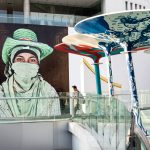
© » ARTS EQUATOR
Weekly Southeast Asia Radar: Vietnam's post-war writers; Burmese voices in book | ArtsEquator Thinking and Talking about Arts and Culture in Southeast Asia ArtsEquator Radar BACC October 8, 2020 ArtsEquator’s Southeast Asia Radar features articles and posts about arts and culture in Southeast Asia, drawn from local and regional websites and publications – aggregated content from outside sources, so we are exposed to a multitude of voices in the region...

© » KADIST
Kitty Kraus
Composed of two rectilinear pieces of glass, this work is part of a series of sculptures started in 2006...

© » KADIST
Elizabeth McAlpine
2005Elizabeth McAlpine’s work frequently deals with time based issues as well as the experience of watching...

